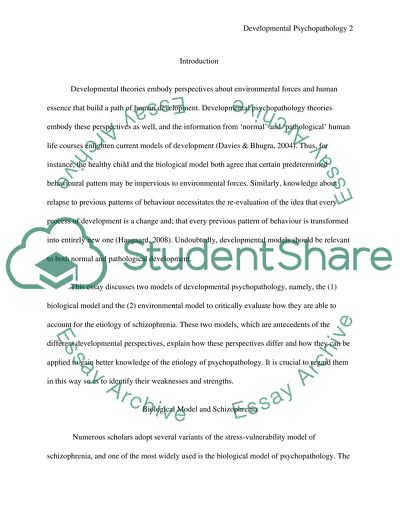Cite this document
(“Strengths and Weaknesses of the Biological Model and Environmental Essay”, n.d.)
Retrieved from https://studentshare.org/psychology/1394974-strengths-and-weaknesses-of-the-biological-model-and-environmental-model-in-determining-the-etiology-of-schizophrenia
Retrieved from https://studentshare.org/psychology/1394974-strengths-and-weaknesses-of-the-biological-model-and-environmental-model-in-determining-the-etiology-of-schizophrenia
(Strengths and Weaknesses of the Biological Model and Environmental Essay)
https://studentshare.org/psychology/1394974-strengths-and-weaknesses-of-the-biological-model-and-environmental-model-in-determining-the-etiology-of-schizophrenia.
https://studentshare.org/psychology/1394974-strengths-and-weaknesses-of-the-biological-model-and-environmental-model-in-determining-the-etiology-of-schizophrenia.
“Strengths and Weaknesses of the Biological Model and Environmental Essay”, n.d. https://studentshare.org/psychology/1394974-strengths-and-weaknesses-of-the-biological-model-and-environmental-model-in-determining-the-etiology-of-schizophrenia.


